

School Program
All the open slots for School Program presentations for the Spring of 2023 are full. See you in the fall!
Program Descriptions
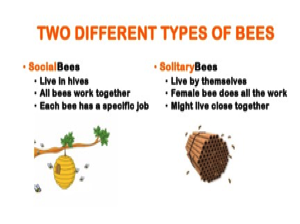
THE BUZZ ABOUT BEES
Suitable for grades K-3
There are two main types of bees, and we are concentrating on solitary or native bees. The students will learn about the life cycle of solitary bees, bee body parts, bee nests, the role of bees in pollination, and how to attract bees to our gardens. They will get to experience having compound eyes. The kids will also create a solitary bee nest as a class project.
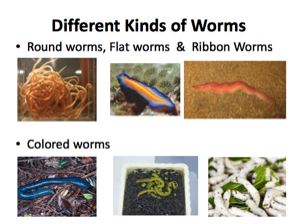
Worms to the Wise
Suitable for grades K-3
Students learn about earthworms as "nature's plows." Basic worm anatomy is discussed, what they eat, how they live and the characteristics that make these underestimated creatures so valuable to farmers and gardeners. The students get up close and personal by observing LIVE worms and learning their body parts and functions.
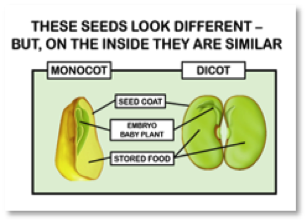
Sensational Seeds
Suitable for grades K-2
Students learn the parts of a seed, what seeds require to germinate, the different stages of sprouting seeds, and the difference between a monocot seed and a dicot seed. There are two hands-on activities – dissecting a dicot seed and planting monocot and dicot seeds.

Insects and Spiders: Friend or Foe
Suitable for grades K-2
Students learn to recognize a “true” insect and a spider and to identify their main body parts. They learn two ways these creatures grow, either by gradual or by complete change. Beneficial and harmful insects and spiders are discussed, and preserved insect and spider collections are shared for students to view.
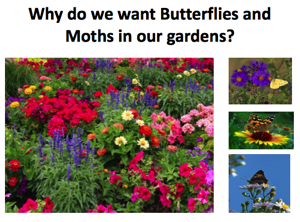
Whirling Wings
Suitable for grades K-2
Color photos and a video aid in giving students an appreciation of butterflies and moths, how they are alike and different and the role they play in the garden. These insects are not only pretty and fun to watch, they are also important pollinators. Metamorphosis of both species is discussed. The students learn how to attract these insects to their gardens or yards.
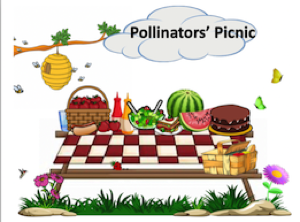
Pollinator's Picnic
Suitable for grades 3-5
What is pollination? How does it happen? Who are the pollinators? Students will create their own interactive picnic in the classroom to discover how pollination affects our food supply.
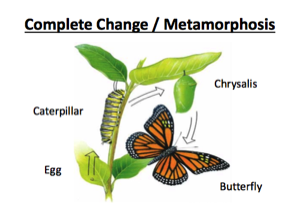
Six-Legged Super Heroes
Suitable for grades 3-5
Students learn which beneficial insects are most common in our area. They are introduced to the concept of integrated pest management. Through a video, photographs and matching games, they will come to understand that not all insects in the landscape are pests.
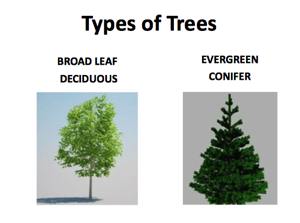
Tree Time
Suitable for grades 3-5
Students learn why trees are important to the environment and what goods they provide to the human population. Cross-cut samples are provided that illustrate the living parts of a tree, how to determine the age of a tree as well as how to gain insight into the tree's history. The program culminates with students becoming a living teaching aid in introducing the main parts of the tree and its related functions.
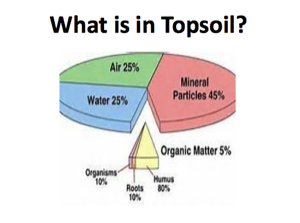
Soil Detectives
Suitable for grades 3-5
Students learn about soil as a limited and important natural resource that either directly or indirectly supports most of Earth's life. Terms such as decomposition, organic matter, erosion and compost are introduced, as well as the concept of conservation. Using a hand lens, students detect the evidence of both organic and inorganic materials in a soil sample. They also conduct a scientific experiment on the rate and volume of water as it passes through different soil samples.